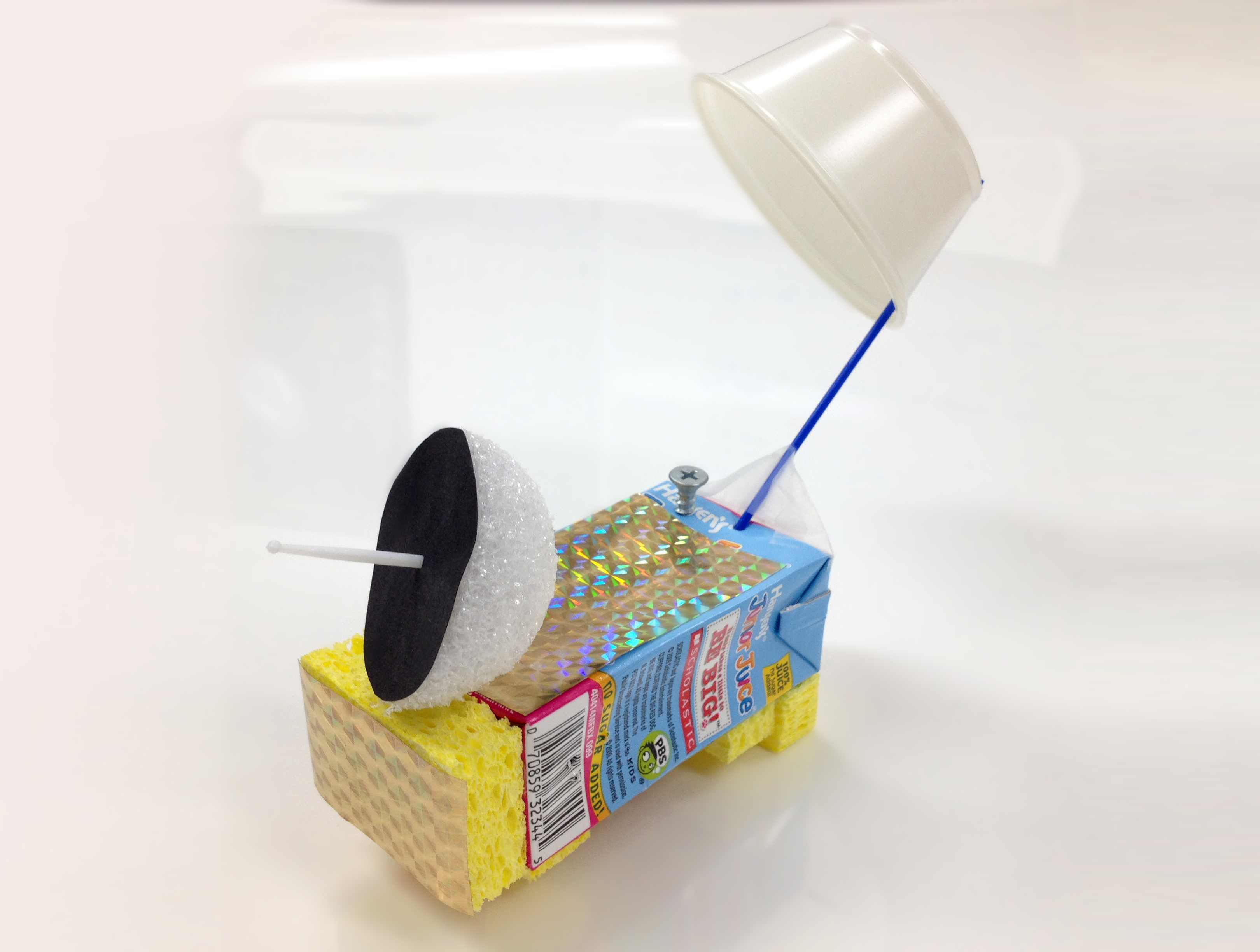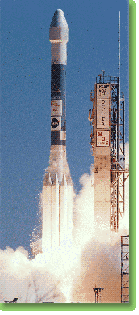Reading:
Book of Astronomy & Space, pg. 42-44







Vocabulary:
Gravity
Astronomer
Astronaut
Rocket
Take a tour of the International Space Station!
Astronaut
Rocket
Videos:
Human Space Exploration & NASA Astronauts:
Life of an Astronaut:
Learn about Voyager 1 Space Probe:
Take a tour of the International Space Station!
Activity 1:
Gravity’s Effects
A long time ago, scientists accepted whatever Aristotle
and other philosophers said as true. Then, a scientist named Galileo challenged
that way of thinking. Aristotle said that items that weigh more will drop
faster. We are going to be like Galileo and find out if that is true.
Supplies:
- tennis ball, baseball, or orange
- penny
- piece of paper
Have child stand in a chair or someplace higher. Give him
the tennis ball or orange and a penny and ask which he thinks will land first.
Have him hold out both hands and drop the items at the same time. They should
land at the same time. (The higher up from which they drop, the better this
will be demonstrated.) Switch out the penny for a piece of paper. Now ask which
they think will land first. Have them drop them at the same time. The ball
should land first. Now have them crumple up the paper tightly and ask which
they think will land first. When dropped at the same time, they should land at
the same time. What do you think happened? Explain that they changed the
surface area of the paper. The paper floated lightly through the air at first
but after you change the surface area, it can’t get caught up in the wind
anymore. If our planet was like Mercury or the moon and didn’t have gravity or
an atmosphere, even the uncrumpled paper would fall at the same speed. Read a
book about Galileo’s experiment.
See what it would be like to be an astronaut and wear gloves in outer space. Let child wear large, leather work gloves and try to pick up a penny and place it in a cup. Then have them put together a nut and a bolt. To make it more realistic, you can plug up a sink and have them do this underwater, which is more like what it would be in space.
Give child an empty bottle without a lid, and a marble. Have them turn the bottle over without allowing the marble to drop out and not placing anything at the open end of the bottle. Let them experiment, but if they can't figure it out, show them how to do it. Turn the bottle upside down and quickly twirl it around. Centrifugal force will push the marble outward and circling around. This is important because when a space shuttle or satellite is shot into space, according to Newton's first law, it should just keep going. It doesn't because the earth is spinning like the bottle and gravity pulls the satellite or shuttle to spin around the Earth like the marble.

Activity 2: Astronaut Gloves
See what it would be like to be an astronaut and wear gloves in outer space. Let child wear large, leather work gloves and try to pick up a penny and place it in a cup. Then have them put together a nut and a bolt. To make it more realistic, you can plug up a sink and have them do this underwater, which is more like what it would be in space.
Activity 3: Centrifugal Force
Demonstrate Newton's 1st Law:Give child an empty bottle without a lid, and a marble. Have them turn the bottle over without allowing the marble to drop out and not placing anything at the open end of the bottle. Let them experiment, but if they can't figure it out, show them how to do it. Turn the bottle upside down and quickly twirl it around. Centrifugal force will push the marble outward and circling around. This is important because when a space shuttle or satellite is shot into space, according to Newton's first law, it should just keep going. It doesn't because the earth is spinning like the bottle and gravity pulls the satellite or shuttle to spin around the Earth like the marble.

Activity 4: Build Your Own Spacecraft
Click the link for lots of ideas on how to build both an edible and a non-edible spacecraft and go on your very own NASA mission!
Activity 5: Build a Bubble-Powered Rocket
Supplies Needed:- 8 1/2 x 11" copy paper
- plastic 35mm film canister
- cellophane tape
- scissors
- effervescing antacid tablet
- paper towels
- eye protection
Follow the instructions on the website to build a rocket that can really take off!

No comments:
Post a Comment